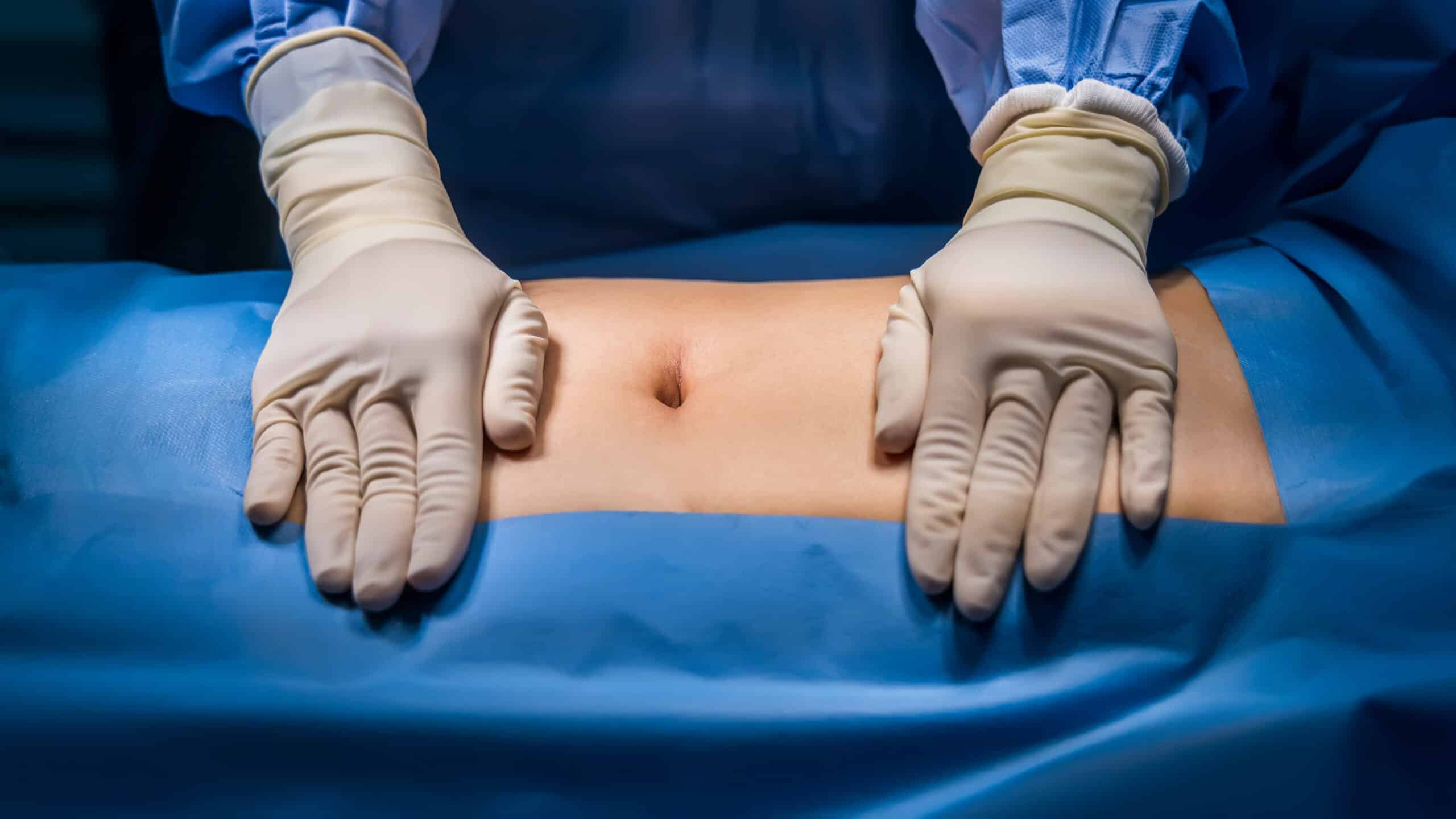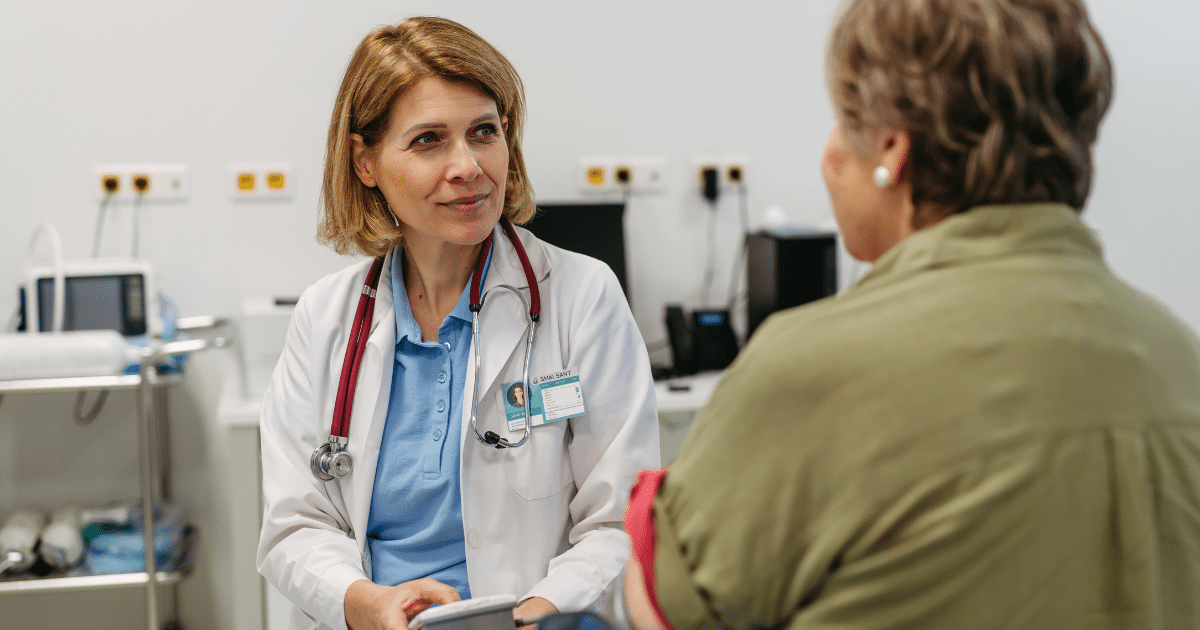Key Takeaways:
- Hernia repair is a common and safe surgery, but recovery requires patience and following your surgeon’s instructions.
- Light activity, like walking, is often encouraged soon after surgery, but heavy lifting should be delayed for 4–12 weeks.
- Start with light weights, focus on proper lifting technique, and avoid excessive core strain when returning to training.
- Physical therapy can help strengthen muscles around the repair and reduce the risk of recurrence.
- Watch for warning signs of a hernia returning, such as a bulge near the surgery site or pain when lifting.
A hernia occurs when internal organs or tissues push through a weak point in the muscles, usually in the abdomen. They’re common and may form due to repetitive strain on the abdomen, such as from chronic coughing, constipation, or even a strenuous weight-lifting routine. While hernias can cause pain and limit activity, hernia repair is a common, routine surgery, especially for active adults who are eager to return to the gym.
Hernia surgeries are considered safe and highly effective. To allow healing and prevent re-injury after your procedure, carefully follow your surgeon’s post-operative instructions with close attention to the guidelines around physical activity.
When Can You Resume Physical Activity After Hernia Surgery?
The typical healing timeline after hernia surgery can vary depending on many factors, including the type of hernia you had and the type of surgery your doctor performed. Some hernias are repaired with open surgery, which requires a larger incision. Other hernias are repaired with laparoscopic surgery, which uses several minor cuts and may have a shorter recovery time.
Many people are cleared for light activity soon after their hernia operation. Your doctor may encourage light exercise (walking) the day after the procedure to help prevent complications, like blood clots. If you have a desk job, you may be able to go back to work within a few days.
You can expect a longer wait to return to physically demanding activities that could strain the surgical site and interfere with healing. If your job involves lifting things, you may need to wait a few weeks to return to work. And for strenuous and high-impact exercise — like heavy weight training — your surgeon may tell you to wait around 4 to 12 weeks after the procedure.
Tips for Returning to Weight Lifting Safely
When your surgeon clears you to return to weight lifting, it may be tempting to jump right back into your old routine. But a full return to weight lifting after a hernia operation takes more patience than you might expect. For a safe return to weight training, keep these tips in mind.
1. Start Light to Ease Back Into Your Routine
When you return to weight lifting, focus on building a strong foundation for your future training sessions. Ease into your workouts with lighter weights and less intensity to start regaining strength while protecting your joints. What counts as “light” can vary from person to person, so ask your surgeon how much you can safely lift.
2. Focus On Your Weight Lifting Technique
Your return to exercise is a great time to slow down and focus on your lifting technique. Poor lifting form can lead to a wide variety of injuries, including re-injury of your repaired hernia. To prevent injuries, do regular form checks with your coach or trainer, or by recording your sessions. Checking your posture in a mirror can also be helpful.
3. Avoid Straining Your Core
During the recovery period, it’s important not to put strain on the repaired hernia. To safely build core strength, your surgeon may recommend performing specific exercises, like bridges or planks, as part of a hernia repair rehabilitation program.
4. Consider Working With a Physical Therapist
For those aiming to get back to a high level of weight lifting performance, working with a physical therapist may be helpful. Physical therapy aims to strengthen muscles around the hernia and take pressure off the repair, while gradually reintroducing aggravating activities.
5. Watch for Warning Signs of a Hernia Recurrence
Sometimes, a new hernia appears at or near the site of a repaired hernia. Heavy lifting is a risk factor for this complication. Watch for warning signs your hernia has returned, such as a bulge near your surgical site, bloating or constipation, or pain when you lift heavy objects.
Importance of Following Your Doctor’s Instructions
Every hernia repair case is unique, and recovery timelines vary from one person to another. That’s why it’s important to closely follow the specific instructions your care team gives you, rather than following general advice you find online or hear from friends at the gym.
You can expect to see your surgeon for a follow-up appointment after your operation to check how well you’re healing. Your surgeon will give you specific guidelines on when it’s safe to resume weight lifting after a hernia operation. That timeline may be longer than you want it to be, but taking the time to heal fully sets you up for long-term success.
Why Choose PACT for Post-Surgical Support in Connecticut
Physicians Alliance of Connecticut is a multi-specialty medical group of independent physicians who are committed to providing high-quality care in the New Haven area of Connecticut. PACT brings expert physicians in a range of fields, including primary care and surgery, together within the same system. That means the members of your hernia repair care team can easily communicate and share information, so your care is better coordinated.
Your PACT hernia repair care team will offer the guidance and support you need to make a safe return to weightlifting. If necessary, they can also connect you with trusted specialists (such as physical medicine and rehabilitation) to further support your recovery.
Looking for Hernia Follow-Up In Connecticut?
PACT’s expert team of physicians is ready to help you feel your best and return to weight lifting after a hernia operation. Check in with your PACT doctors if you need more guidance and support during the healing process. If you haven’t had your hernia operation yet, PACT Surgical Specialists is currently welcoming new patients. Request your consultation today and see how PACT can help you get back to your favorite activities.
FAQ: Weight Lifting After a Hernia Operation
Q: How soon can I lift weights after a hernia operation?
A: Most surgeons recommend waiting 4 to 12 weeks before resuming heavy weight lifting after a hernia repair, depending on the surgery type and your recovery progress. Always follow your doctor’s specific instructions.
Q: What types of exercises are safe after hernia surgery?
A: Walking is typically encouraged soon after surgery. Once cleared by your doctor, you may add light resistance training and gentle core-strengthening exercises, such as bridges or modified planks.
Q: Can lifting too soon after a hernia operation cause problems?
A: Yes. Lifting heavy weights too early can strain the surgical site, delay healing, or cause the hernia to recur. Always get clearance from your surgeon before resuming intense exercise.
Q: How can I prevent a hernia from coming back after surgery?
A: Gradually return to lifting, use proper form, strengthen your core with safe exercises, and avoid lifting loads beyond your current capacity. A physical therapist can help design a safe recovery program.
Q: Does PACT offer follow-up care after hernia surgery?
A: Yes. PACT’s surgical and primary care teams provide coordinated follow-up, post-surgical guidance, and referrals to physical therapy or rehabilitation services if needed.







